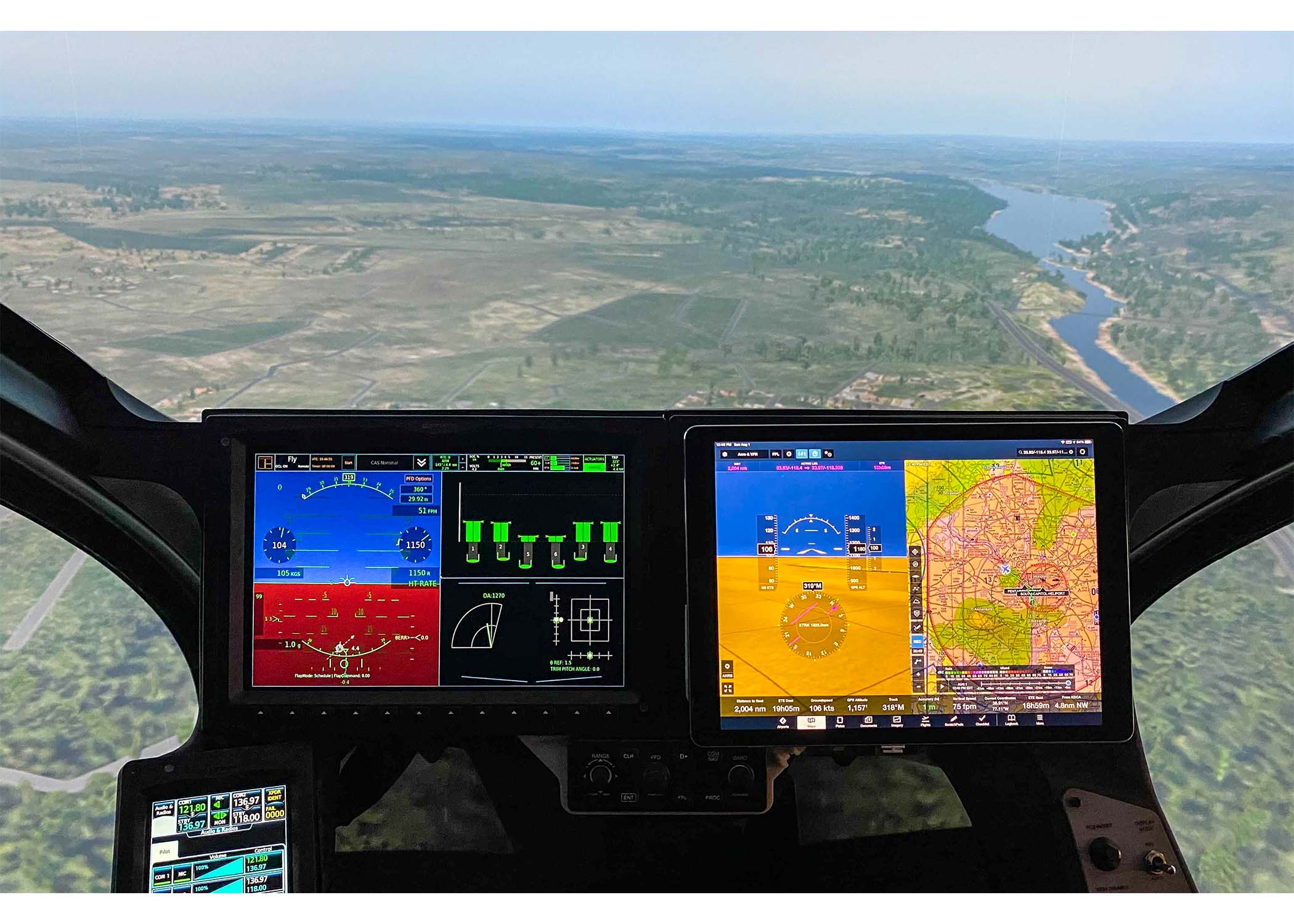Click Here to View This Page on Production Frontend
Click Here to Export Node Content
Click Here to View Printer-Friendly Version (Raw Backend)
Note: front-end display has links to styled print versions.
Content Node ID: 419452
Aviation training group CAE is to support Joby Aviation in its efforts to launch commercial operations with its five-seat eVTOL aircraft. At the HeliExpo show in Dallas on March 9, the companies announced a partnership to develop and certify flight simulation devices to train pilots for Joby’s planned air taxi services.
As part of the development process for its all-electric aircraft, California-based Joby produced its own fixed-base flight simulator and operates this at its Washington, D.C., office. CAE will use this technology as the basis for developing a full suite of pilot training devices and materials.
As it continues flight testing with a prototype, Joby is working with the FAA to secure a Part 135 air carrier certificate that it needs to be ready to start commercial services in 2024. The eVTOL vehicle will be flown by a single pilot and will carry up to four passengers on trips of up to around 150 miles on a single electric charge and at speeds of up to 200 mph.
“CAE has a sterling reputation for delivering excellent simulation and training solutions,” said Bonny Simi, Joby’s head of air operations and people. “We look forward to a world where thousands of Joby pilots are flying our aircraft every day, and we couldn’t ask for a better partner to help make that a reality.”
The Canada-based aviation training group recently announced a $1 billion investment in future technologies called Project Resilience. Developing operational support and training solutions for eVTOL pilots and advanced air mobility services is a key objective in this plan.
“We are thrilled to partner with Joby to help bring their pioneering vision to life,” said Nick Leontidis, CAE’s group president for civil aviation training solutions. “With more than 75 years of experience in the design, development, and manufacture of flight simulators, CAE brings extensive expertise with new aircraft types to support the qualification of Joby’s eVTOL fixed-base flight training device and full-flight simulator for the FAA.”
Like other eVTOL aircraft developers, Joby expects to produce thousands of vehicles and quickly scale up passenger and cargo delivery services. This could pose recruitment challenges at a time when existing aircraft operators are experiencing flight crew shortages.
“We believe many pilots will consider flying for Joby to be a great career opportunity,” said Simi. “In addition to flying an environmentally friendly aircraft with a great piloting experience, we’ll offer pilots a reliable schedule that allows them to be home every evening, a luxury not available to most professional pilots.”
CAE has previously signed pilot training agreements with three other eVTOL aircraft manufacturers: Beta Technologies, Volocopter, and Jaunt Air Mobility. On March 8, Lilium announced that it will partner with CAE's rival training provider FlightSafety International to train pilots to operate its Lilium Jet eVTOL model.
On March 8, the National Transportation Safety Board issued a preliminary report on the February 16 accident involving the first of Joby's two full-scale prototype eVTOLs (tail number N542AJ) in Jolson, California. In a basic summary of confirmed facts, it says that 9.58 a.m. the aircraft (designated JAS4-2) experienced an unspecified component failure over an uninhabited area during remotely piloted flight testing. Investigators said there were no injuries, but that the aircraft was substantially damaged with a fire breaking out on the ground.
